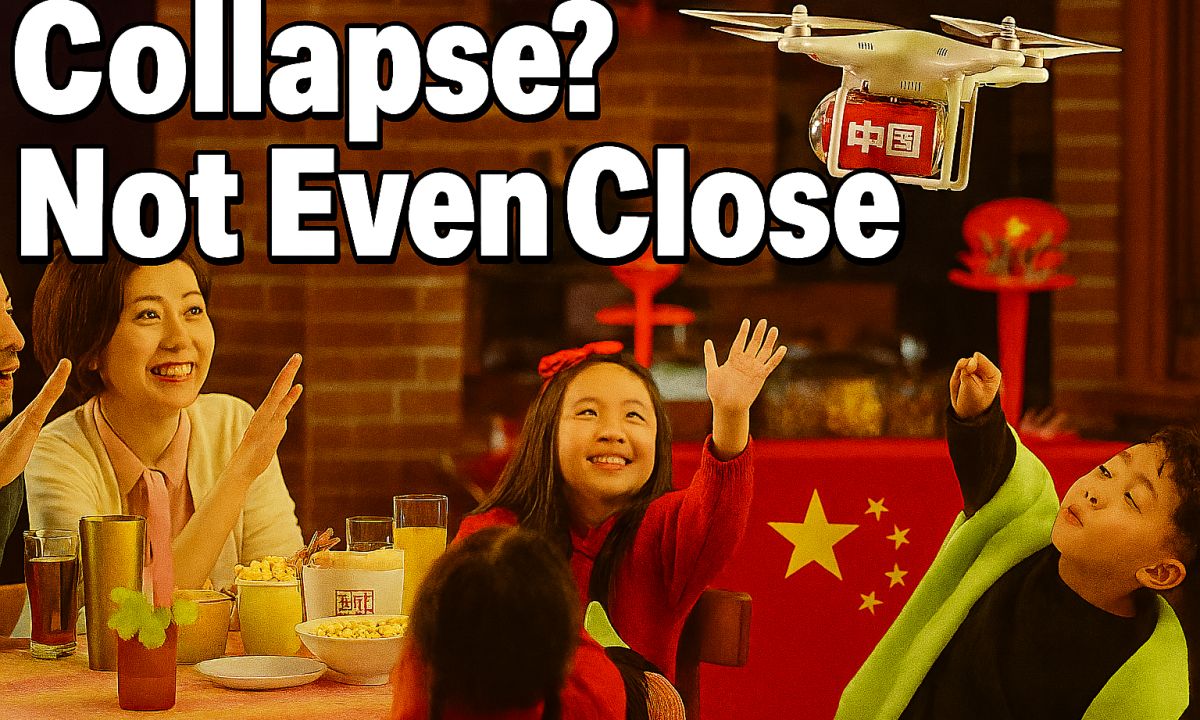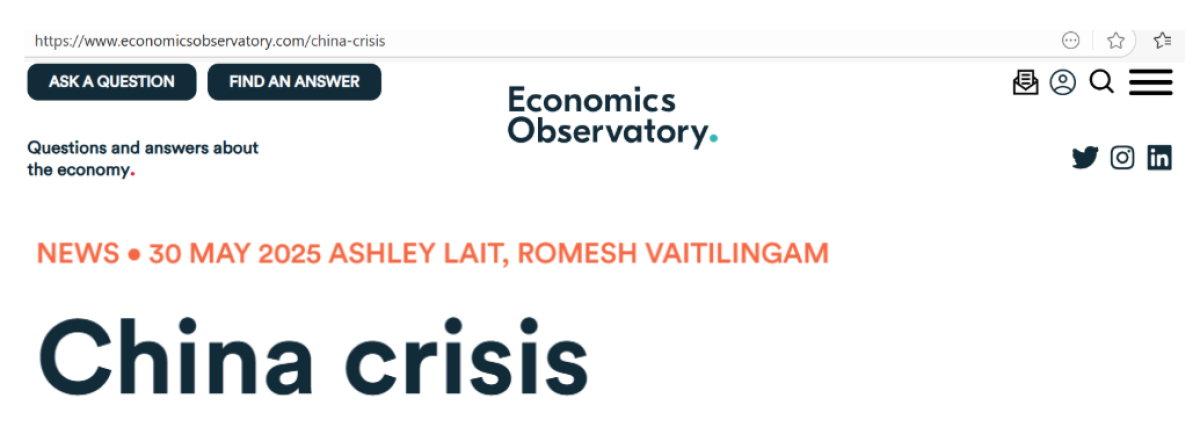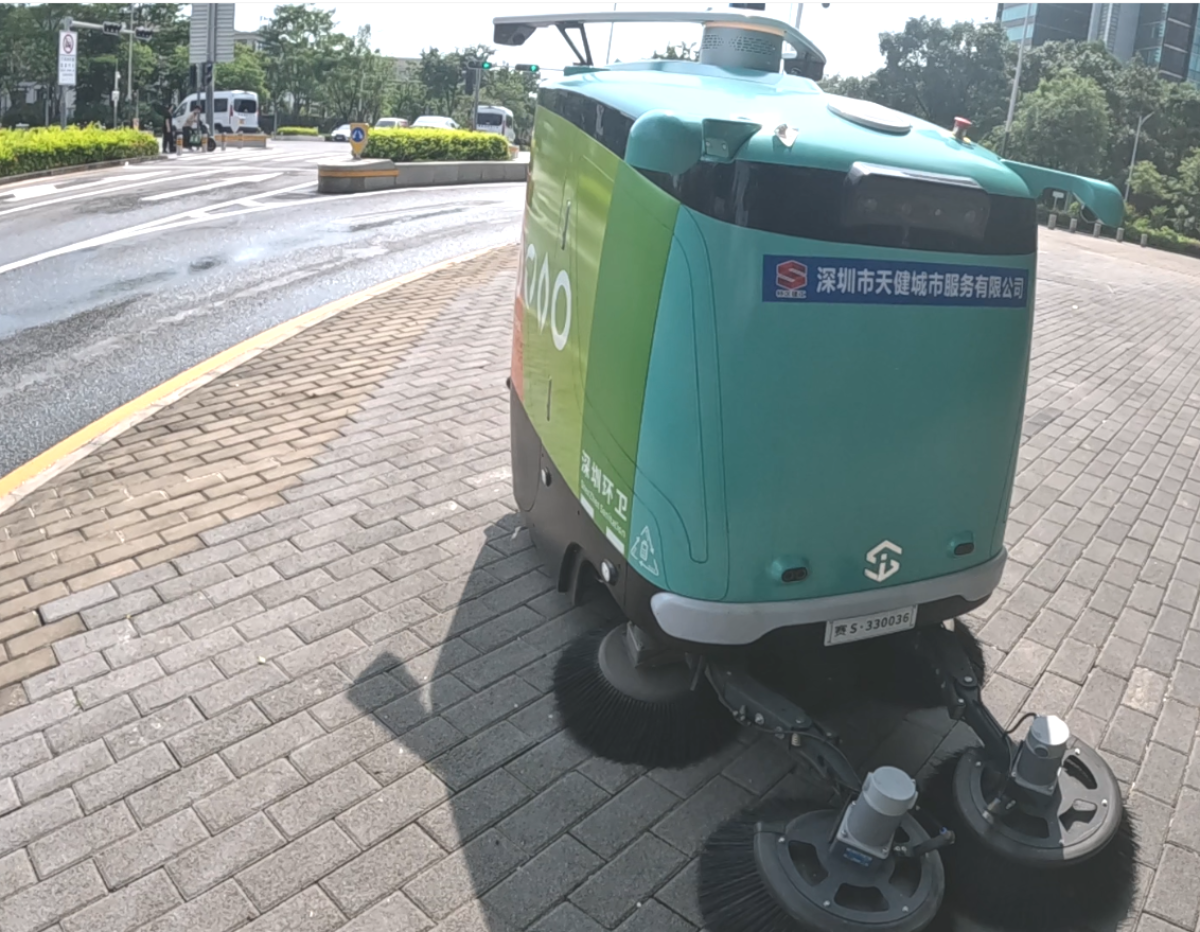
The Collapse of the “China Collapse” Narrative
What I saw on the ground: many bustling restaurants, booming outbound tourism, record exports, and high-speed trains brimming with life. China’s only collapse is unfolding in Western headlines.
By mid-2025, around 130 million Chinese tourists are expected to have traveled abroad—an increase of 28% compared to 2023 and a significant recovery from the lows during the pandemic. Meanwhile, the IMF has raised its 2025 GDP growth forecast for China to 4.6%, the largest upgrade among major economies, citing economic stimulus, robust high-tech exports, and the strength of sectors such as green technologies, biopharmaceuticals, and advanced manufacturing.

On the corporate front, Tesla and Apple are losing ground in China’s increasingly competitive market. Tesla’s share has slipped from 7.8% to 6% amid aggressive pricing and innovation from domestic EV giants like BYD and NIO. Apple, facing intense competition from Huawei and Xiaomi, has closed its Parkland Mall store in Dalian—its first-ever retail retreat in China—as patriotic purchasing and homegrown tech dominance reshape consumer trends.

I traveled across several major cities and regions, and what I saw bears little resemblance to the Western “China in decline” narrative. Restaurants were full, retail stores busy, subway trains packed. Shoppers were spending freely, and the mood on the ground was upbeat. The so-called doom and gloom? At best, wishful thinking—and those wishes will not come to pass.

China’s Supposed Collapse Doesn’t Look Like This
If China’s economy is truly collapsing, it has a funny way of showing it. A nation on the brink doesn’t run an $11 trillion annual trade surplus. It doesn’t produce world-class cars, industrial robots, and smartphones at unbeatable prices. And it certainly doesn’t spend hundreds of billions of dollars on gold—month after month—when collapsing economies are supposed to be selling it.
Yet these are the headlines: China in Free Fall. The Middle Kingdom Nears the Breaking Point. Right alongside news of its latest high-speed rail marvel or EV breakthrough. It’s like reading Man Dies in Car Crash followed by Same Man Wins Marathon the Next Day.
Economist Louis-Vincent Gave, co-founder of Gavekal Research, points out a simple truth: the loudest voices predicting China’s implosion are often those who’ve never set foot there. Those who have recently visited talk about flying cars, 600 km/h trains, and fintech systems that make Western apps look outdated. The contrast is staggering.
Yes, China faces real challenges—especially demographics—but so do Japan, South Korea, Taiwan, and much of Europe. Massive trade surpluses are not signs of imminent collapse; they are signs of extraordinary competitiveness.


So why does the “China is finished” narrative persist? Perhaps because it’s comforting. Perhaps because it’s profitable. But if you’re going to believe that a nation dominating global manufacturing, innovating at breakneck speed, and buying gold by the shipload is about to implode—at least ask yourself: does this story actually make sense? And if you’re fed up wasting time and money on media spreading nonsensical propaganda, you might as well ignore them from now on.
China's Downfall or Its Future? Glimpses Into Something Big Happening
Shenzhen streets—no humans in sight, just a robot gliding silently past (see image below), executing its task with uncanny precision and gently nudging me aside in a child-like voice.
The future isn’t approaching. It’s already here—just not in the West.

In Xinjiang, I stumbled upon a fleet of programmable robot motorbikes that looked straight out of a sci-fi film—sleek, synchronized, and slightly surreal (see image below). I held back, watching others ride. The instructions were in Mandarin, and I wasn’t about to improvise with AI on wheels.

Stop Predicting China’s Collapse. Start Preventing Your Own!
Instead of endlessly whining about China or recycling absurd tales of collapse, the West should take a hard look in the mirror. The lesson is clear: if you want economic strength, global influence, and long-term resilience, you invest. You invest in infrastructure that actually connects people and goods. You invest in healthcare that keeps your population healthy and productive. You invest in education that equips the next generation to compete and innovate. You invest in research and technology that pushes the frontier rather than leaves it to others.
Wars—current or future—will never build prosperity; only innovation and thoughtful investment do. While China quietly builds high-speed rail networks, develops AI, and pioneers new industries, much of the West squanders resources on posturing and conflict. It’s time to wake up, stop reading the doom headlines, and start building the future instead of fearing someone else’s. The choice is ours: decline through neglect, or rise through vision and action.
«The Collapse of the “China Collapse” Narrative»